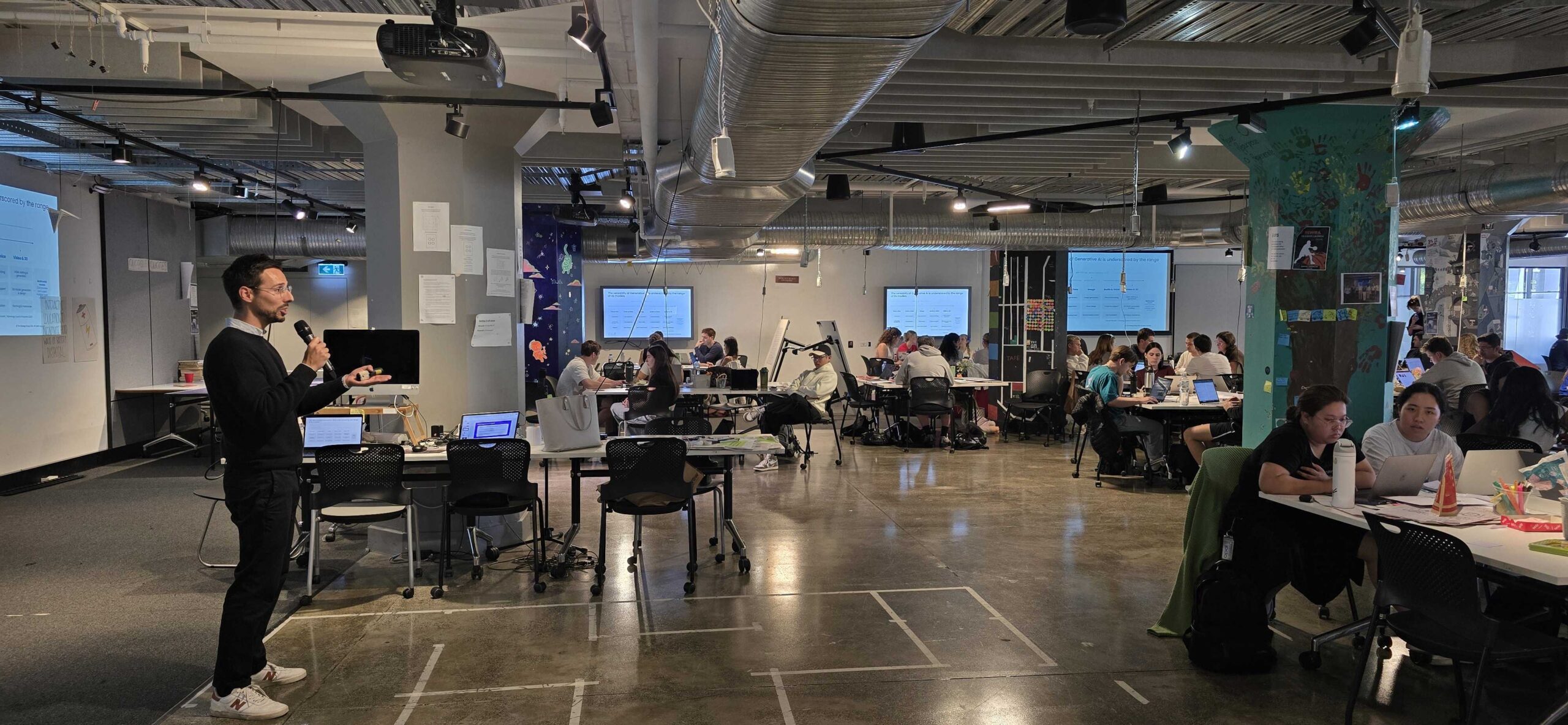Many organisations have emerged from the pandemic with a significant focus on digital and omnichannel experiences; building digital strategies to improve the customer experience and leverage the array of advanced technologies to gain competitive advantage. One of those technologies, Artificial Intelligence (AI) and its close relative Machine Learning (ML), has made substantial headway in recent reports and articles transforming it into a mainstream buzzword that organisations have much to say about but not much meaningful engagement.
Billions in public and private capital are being invested into AI and ML technologies. Investment in AI and ML has exploded in service industries like financial services, particularly in Asia-pacific, and in automotive industries through the promise of autonomous vehicles. The number of AI-related patents filed in 2021 is more than 30 times higher than in 2015. However the promised benefits of cost reduction, operational efficiency and enhanced customer experience are not being realised by more than half of organisations (60%) due to a lack of digital maturity around data and digital strategies.
On the back of Tesla’s AI day – where the public received long-awaited updates on the evolution of AI for use cases such as self-driving cars, specialised supercomputers, humanoid robots, and computer vision technology – we thought it would be a good time to step back and explore the core characteristics and potential of AI in realising your organisation’ strategic vision.
What is AI?
Steve Blank, Professor at Stanford University and co-author of the Lean Startup Movement, described the characteristics of AI and ML concisely in a recent article. Blank simply defines AI as:
“Intelligent machines which can solve problems, suggest decisions and perform tasks that have traditionally required humans to do. AI is not a single thing, but a constellation of different technologies.”
On the other hand, Machine Learning is described as a sub-category of AI where humans combine data with algorithms to train these ‘intelligent machines’ to learn and act on data without being explicitly programmed to do so. Data scientists in the context of AI and ML are the ones responsible for extracting insights from data that helps organisations make decisions.
What can AI actually do?
In its simplest applications, AI can perform tasks better and/or faster than humans. AI is commonly misunderstood to be an independent technology. However, AI actually comprises of several technologies – including Machine Learning – that perform distinctive cognitive tasks. Here are a few others:
Natural Language Processing (NLP): There are several applications of AI that read and write text better than humans can. The AI does this through Natural Language Processing (NLP) to detect, analyse and react to natural language data. We see this routinely through our consumer interactions with chatbots that are specifically programmed to detect and respond to our questions. A more advanced case is Google Translate, which uses an artificial neural network (a more advanced version of ML) to increase fluency and accuracy of translation between languages by applying an example-based machine translation.
Computer Vision: AI can identify and understand what it sees in an image or detect a specific object in a video. A common use case for this kind of capability is threat detection. Facial recognition technologies use AI to scan and identify faces in settings such as airports and banks, and we use the same kind of technology as a security measure on our phones.
Anomaly/Pattern Detection: Recognising patterns is deeply engrained in our human nature and so it makes sense that one of the most successful use cases of AI/ML is a process that comes so naturally to us. Today, AI/ML systems have been widely implemented to detect abnormal behaviours in financial systems to uncover evidence of cybersecurity threats, fraud and money laundering. But its applications have no boundaries as products like Microsoft Azure’s Anomaly Detector can detect problems for virtually any business scenario.
Where can AI add value?
We often hear “AI wont work in my organisation/team because we’re not a technology company” when the reality is that almost every industry has a use case for AI and ML – not just companies like Tesla and Google. AI and ML are really advancements of the technology you already use.
AI applications continued to be applied across disciplines including:
Marketing: AI systems are being used in marketing teams to optimise media and content personalisation at the front end and streamline and automate processes and tasks constrained by human costs and capability. Starbucks is one example of hyper-personalised marketing all fed through an AI system that collects and analyses data from loyalty card use and a mobile app to show consumers specials tailored to their historical behaviours.
Supply Chain Management: The predictive capabilities of AI have been applied in Supply chain management settings to predict maintenance, assess risk, and plan and fulfil orders with limited human involvement.
Customer Service/Support: Virtual customer assistants are rapidly evolving beyond simple text recognition. Conversational banking facilitated by AI assistants are being promoted across retail banks’ digital platforms using speech recognition, sentiment analysis and automated quality assurance to provide customers with support at any time and at any point in the journey.
Despite growth in investment, AI adoption still suffers from a lack of talent, resources, funding, and above all else, ‘explainability’ around its use. As we’ve discussed, AI has a deep portfolio of technologies that are now proven to help businesses optimise their employee and customer experiences and accelerate their growth. The challenge for organisations will be to articulate how AI needs to be utilised to realise their strategic vision. Creating buy-in through education of key stakeholders and developing relevant use cases will be paramount.
The value Artificial Intelligence is well worth the time and effort to cement your organisations’ place in the next age of digital disruption.
To read the full article by Steve Blank, click here.
At The Strategy Group, we have helped many organisations achieve growth and build innovation capabilities using digital technologies. If you would like to learn more about the power of digital and how technology can help your organisation, click the link below.
Are you following us on social media?LinkedInInstagram
Designing digital experiences that push boundaries and put organisations at the leading edge of their industry
Contact Us
Have any questions? Want to know how we can help you and your organisation? Contact us using this form.
We can work with you to design and support implementation of a strategy for your business unit, for your entire organisation, or for any segment of your organisation where a fresh approach will add value.
We will use a combination of globally-recognised leading-edge processes, coupled with our proprietary validated toolbox to develop a bespoke, customised strategy, which we can assist you in implementing, that will deliver tangible impact and value to your organisation and your customers.
We have been designing and implementing strategy solutions since 2003 and we have the expertise and the experience not only to deliver, but to overdeliver.
Join 10,000 others who want the latest insights, tools, tips and resources. We help you get better results by staying on top of the latest methodologies and thinking.












